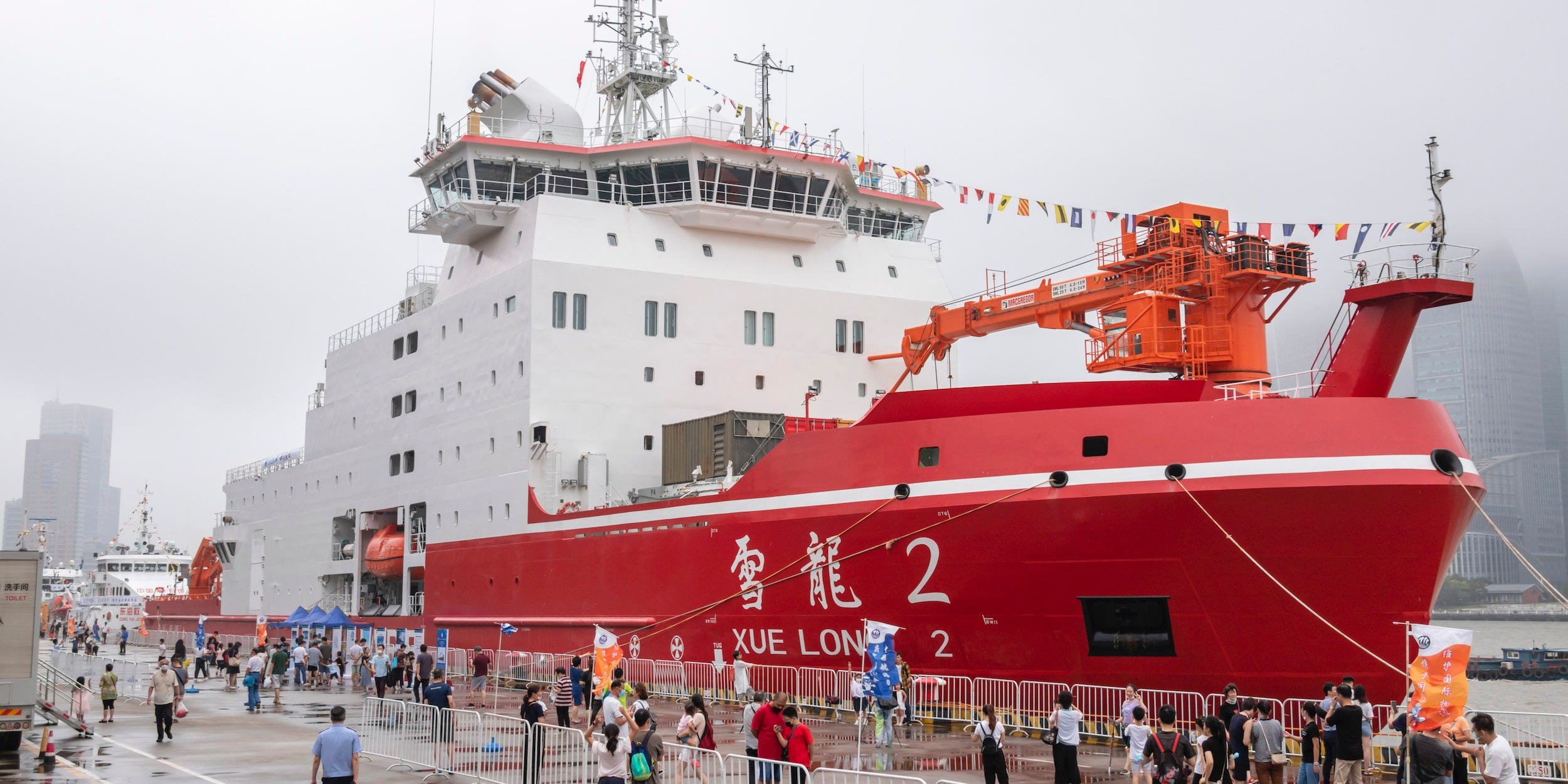- The Xuelong 2, China’s first domestically built icebreaker left Shanghai on July 15 for its first trip to the Arctic.
- It’s not the first time a Chinese icebreaker has gone to the Arctic, but the ship and the trip underscore Chinese ambitions for the region at a time when many countries are pursuing their interests there.
- Visit Business Insider’s homepage for more stories.
China’s first domestically built icebreaker left this month for its first trip to the Arctic, a few days after President Donald Trump said the US was pursuing as many as 10 new icebreakers of its own, underscoring the growing interest major powers have in being able to access the region.
Xuelong 2, or Snow Dragon 2, left Shanghai on July 15 for a scientific expedition to the Arctic and is expected to return in late September. Scientists aboard the ship plan to research Arctic biodiversity and ecosystems to improve China’s understanding of climate change in the Arctic, according to state media.
The Xuelong, which China bought in the 1990s, has already traveled to the Arctic. While Xuelong 2’s trip isn’t a first for Beijing, it adds credibility to China’s polar ambitions, according to Dr. Elizabeth Buchanan, a lecturer at Deakin University in Australia.
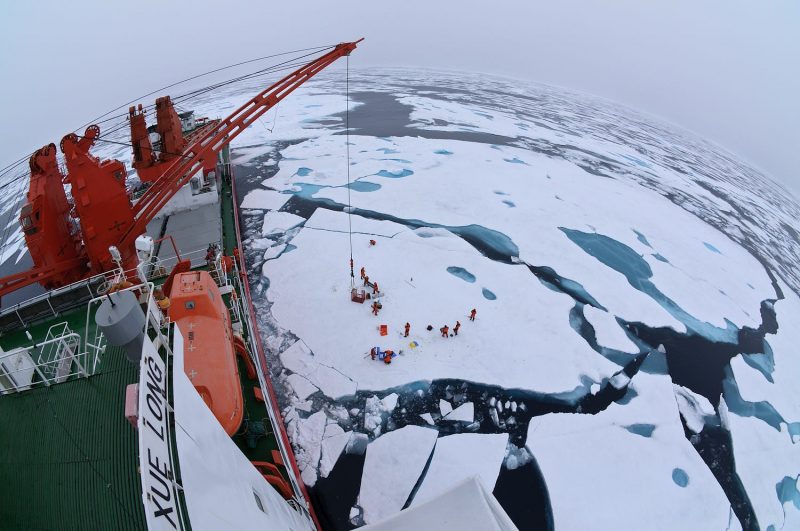
"It is a 'win' for Beijing in that the international community is witnessing the sheer ability for China to domestically design, build, and operate a icebreaker," said Buchanan, also a non-resident fellow at West Point's Modern War Institute.
A number of countries are trying to improve their ability to operate in the Arctic, where receding ice and warming temperatures promise access to natural resources and shipping routes. Most of them border the Arctic Ocean and claim a portion of its waters. Many view China's designs skeptically, especially its self-designation as a "near-Arctic state."
While only "a small sliver" of the Arctic is international waters, "China is pushing this narrative that the Arctic is global commons, trying to broaden out the 'buy-in' China really has with regards to the region," Buchanan said in an email.
"The West has not (until now) done a great job at pushing back against this commons approach. New ice-breaking capabilities on show with [Xuelong 2] kind of force us to realize Beijing is not going anywhere in the Arctic narrative," Buchanan added.
While the stated objectives for the Xuelong 2's expedition relate to scientific research, the intent is twofold, Buchanan said: It's "a domestic PR stunt" to bolster China's global stature and is meant to convey to Arctic-rim states that China is a relevant stakeholder in the region, "now with the capability to credibly back [its] interest."
A 'precarious' Arctic relationship
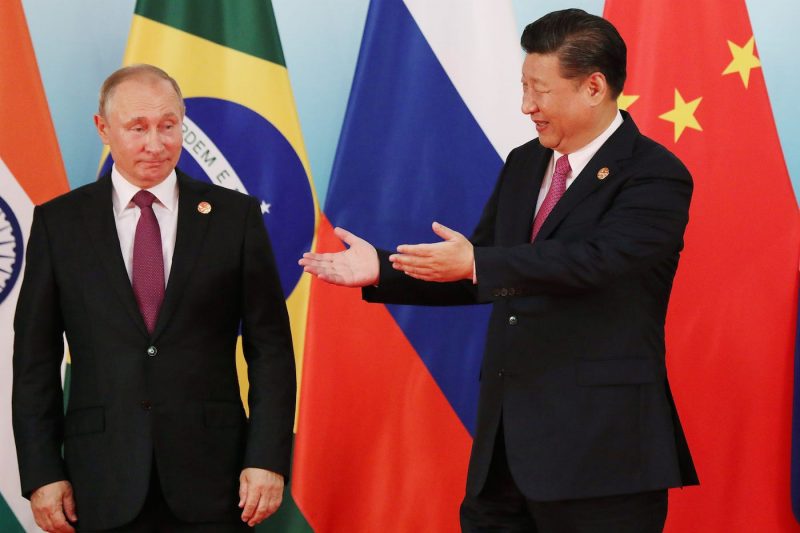
China has worked closely with Russia on Arctic infrastructure and other projects. Their partnership has worried other countries for geopolitical and geo-economic reasons, but experts question its extent and staying power.
"Chinese experts recognize that Russia will never accept China as an equal partner in the Arctic, because if you had a partnership in the Arctic, the question would be who would be the number one partner," Elizabeth Wishnick, an expert on Chinese foreign policy at Montclair State University, said at a recent event hosted by the research group CNA.
Their cooperation has mostly been economic, with China supplying needed investment in Russia's liquefied natural gas projects and for other infrastructure, though progress has been limited, partly due to Russian wariness of China.
"I think that it's going to be kind of a mixed picture with a deepening Russia-China partnership as a whole," Wishnick said. "But in the Arctic, I think that's where the brakes are going to be applied to some extent."
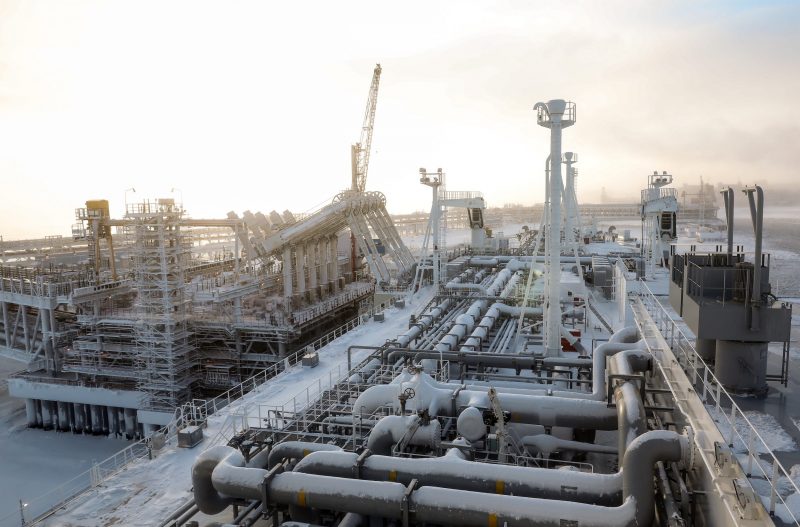
China's recent push into the Arctic should be a reason for countries on the Arctic rim to unite, Buchanan said. "It's something Russia and the West have common interest in containing."
Russia knows it's reliant on China for investment in its Arctic energy projects and is pursuing other partners for that reason, Buchanan said.
"The Russia-China Arctic relationship is extremely precarious, but at least both parties recognize this. Beijing needs access to Russia's [Northern Sea Route] to fulfill Polar Silk Road ambitions and for now will continue to play by Moscow's rules there," Buchanan added. "Problem is, Moscow can't trust Beijing to continue to do so."
'We're trying to do a deal'
With two icebreakers, China has as many as the US. Russia, however, has more than 40 of different sizes that operate in the Arctic and the Baltic Sea.
Russia is also increasing production of nuclear-powered icebreakers, and reports that it could arm its icebreakers have concerned the US.
The Coast Guard operates both US icebreakers, the medium icebreaker Healy and the heavy icebreaker Polar Star. The Polar Star is more than 40 years old and breaks down regularly.
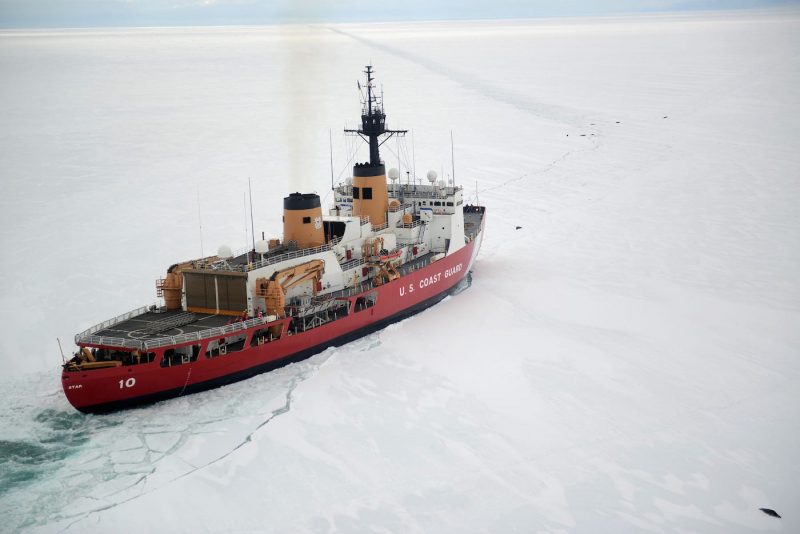
The US is seeking to build more polar security cutters, as its icebreakers are known, awarding a contract worth up to $2 billion for as many as three, with the first delivered in 2024 and the third by 2029.
"We've approved ... two polar security cutters for the United States Coast Guard," Trump said in a July 10 speech. "We have under construction right now the largest icebreaker in the world, and we're going to be trying to get, if we can, an extra 10 icebreakers."
"We're trying to do a deal with a certain place that has a lot of icebreakers, and we're seeing if we can make a really good deal where you can have them very fast," Trump said. "We're working on it, and I think we can surprise you."
It's not clear what Trump was referring to, but earlier this year the White House ordered the Coast Guard and other federal agencies to review plans for the icebreaker fleet, including identifying options "to bridge the gap of available vessels" as soon as late 2021.
The order said the review should "specifically include operational risk associated with using a leased vessel as compared to a purchased vessel to conduct specified missions."
